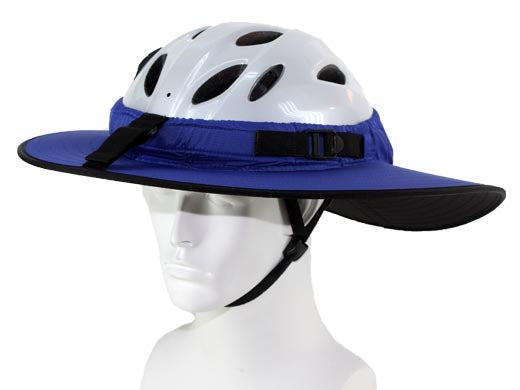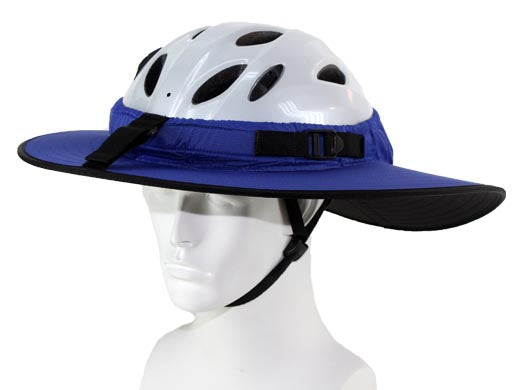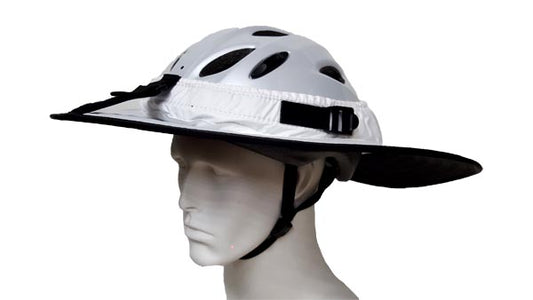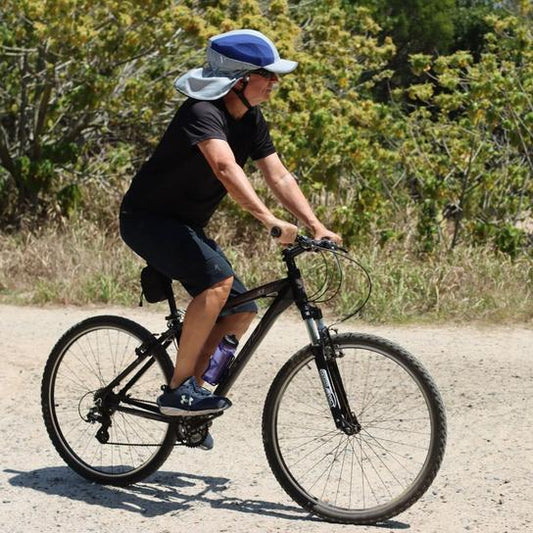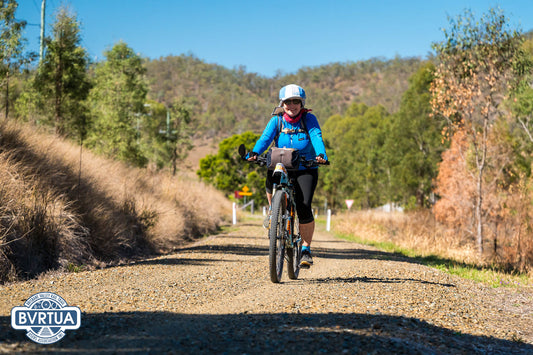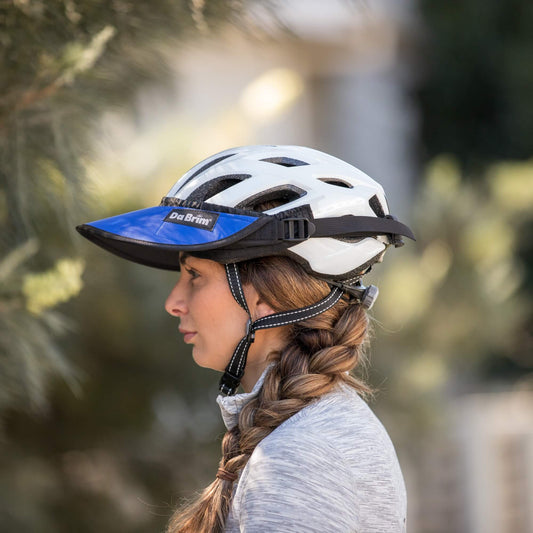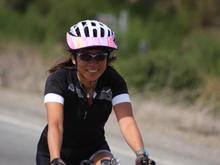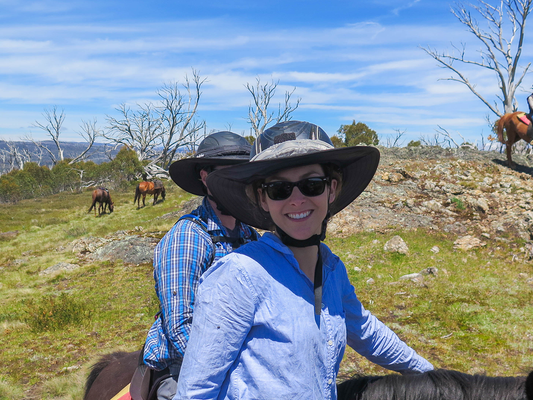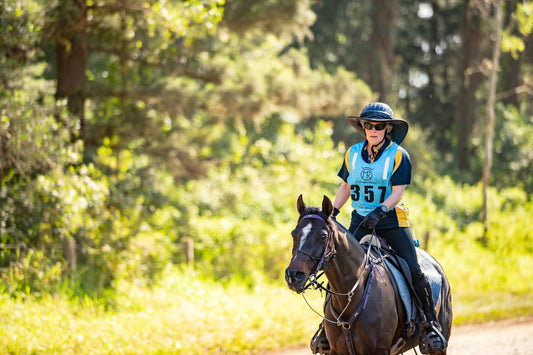There are some simple steps a person can take to ensure they finish an event in a fit and healthy state. This information applies to Cyclists, Equestrians and Climbers.
Make sure you are fit enough to ride. Get advice from gym instructors or physiotherapists about fitness and exercise programs. Just as you would prepare your muscles for a season of skiing, so we must also prepare and develop those muscles that are used for bike riding, horse riding and climbing.
Carry or wear some form of identification, including personal details, medical conditions, medications and allergies. In the event of a serious fall or medical emergency, this information is invaluable for the ambulance or medical personnel to access.
Make sure you are prepared for the conditions on the day. If cold wet weather is forecast, make sure you have enough layers of clothing to stay warm and prevent the risk of hypothermia. Maintaining adequate hydration and body temperature regulation is often the biggest problem riders will face. Riders are also prone to succumbing to the combined effects of heat, humidity, exercise & dehydration.
The best way to manage heat injury is to prevent it happening.
- Make sure you are adequately hydrated before you start riding
- Maintain a steady fluid intake whilst riding, but not to excess – max 800 ml/hr as your body cannot absorb more than this. If you are drinking this amount over a few hours, add a pinch of salt to your water to minimise muscle cramps. Sports drinks can help too – alternate these with water.
- Avoid alcohol the night before you ride as this will significantly dehydrate you.
- Make sure you are acclimatised to riding in the heat before undertaking a long ride in hot and / or humid conditions.
- Use protective clothing and wide hat brims to avoid sunburn.
Despite the best intentions, heat injuries can occur. There a 3 categories of heat injury or hyperthermia.
Heat cramps
The mildest stage is marked by muscle twitching, cramps and spasms in the arms, legs & abdomen. Heat cramps may occur in well acclimatised, physically fit riders as a consequence of sodium depletion following exercise. Administration of an oral electrolyte solution and rest in a cool environment will usually lead to a resolution.
Heat Exhaustion
Usually results from inadequate water and/or salt replacement over several hours or days. Symptoms include fatigue, nausea, uncoordination, restlessness and abnormal skin sensations such as pricking or burning. The rectal temperature is less than 40 degrees C. This situation requires medical attention with monitored fluid and electrolyte replacement.
Heat Stroke
Is a medical emergency which can be fatal. The rectal temperature exceeds 41 degrees c and the body’s thermoregulatory mechanism fails. Sweating usually stops but may still be present. The athlete is disoriented and irrational with poor muscle tone and control. He/she may vomit or have bloody diarrhoea. Seizures or unconsciousness may develop and may progress to death if untreated.
Treatment consists of rapid cooling with ice solutions and emergency transport by ambulance to a hospital. The single clinical finding that distinguishes heat stroke from other forms of heat-related illnesses is altered mental status caused by heat injury to the brain.
Mortality is correlated with the height of the temperature, the duration of the temperature elevation and the duration of the coma longer than 3 hours. Any altered conscious state in a heat-affected person should be treated as heat stroke.
A Final Word
Keep an eye out for your fellow riders. A person who is affected by heat illness may not be aware of what is happening to them. Heat affected persons may try to continue riding when they are unfit to do so. Most importantly, if a person is becoming confused or drowsy as a result of dehydration or heat injury, this must be regarded as a medical emergency and immediate first aid must be summoned.
By Jenny Moncur, republished with permission
